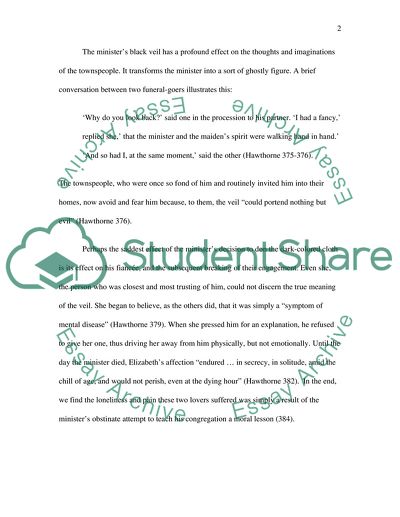Cite this document
(“The Spirituality and Psychology of Nathaniel Hawthornes Short Stories Essay - 1”, n.d.)
The Spirituality and Psychology of Nathaniel Hawthornes Short Stories Essay - 1. Retrieved from https://studentshare.org/literature/1535383-the-spirituality-and-psychology-of-nathaniel-hawthornes-short-stories
The Spirituality and Psychology of Nathaniel Hawthornes Short Stories Essay - 1. Retrieved from https://studentshare.org/literature/1535383-the-spirituality-and-psychology-of-nathaniel-hawthornes-short-stories
(The Spirituality and Psychology of Nathaniel Hawthornes Short Stories Essay - 1)
The Spirituality and Psychology of Nathaniel Hawthornes Short Stories Essay - 1. https://studentshare.org/literature/1535383-the-spirituality-and-psychology-of-nathaniel-hawthornes-short-stories.
The Spirituality and Psychology of Nathaniel Hawthornes Short Stories Essay - 1. https://studentshare.org/literature/1535383-the-spirituality-and-psychology-of-nathaniel-hawthornes-short-stories.
“The Spirituality and Psychology of Nathaniel Hawthornes Short Stories Essay - 1”, n.d. https://studentshare.org/literature/1535383-the-spirituality-and-psychology-of-nathaniel-hawthornes-short-stories.


